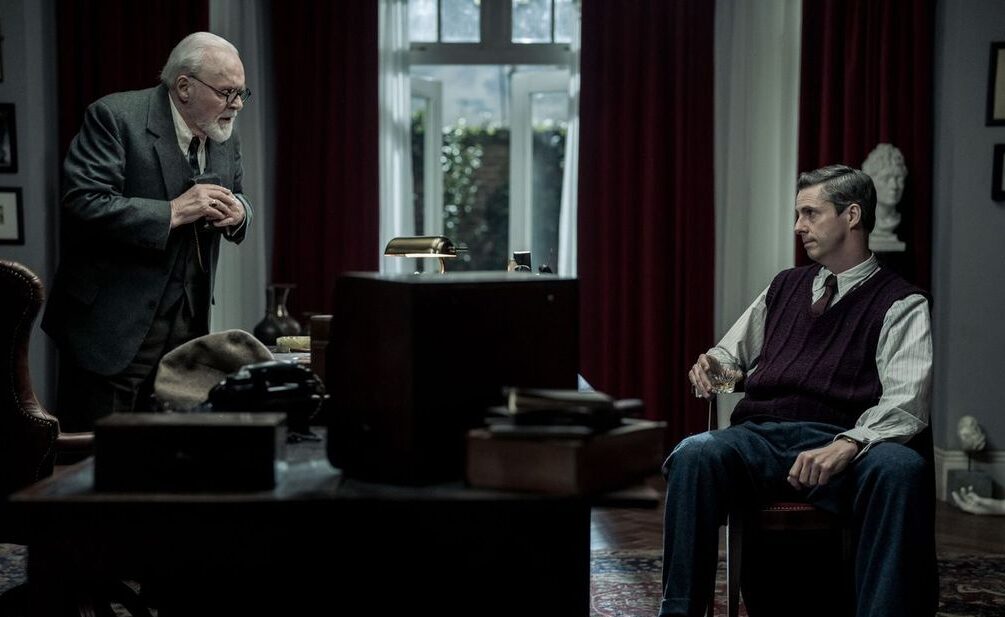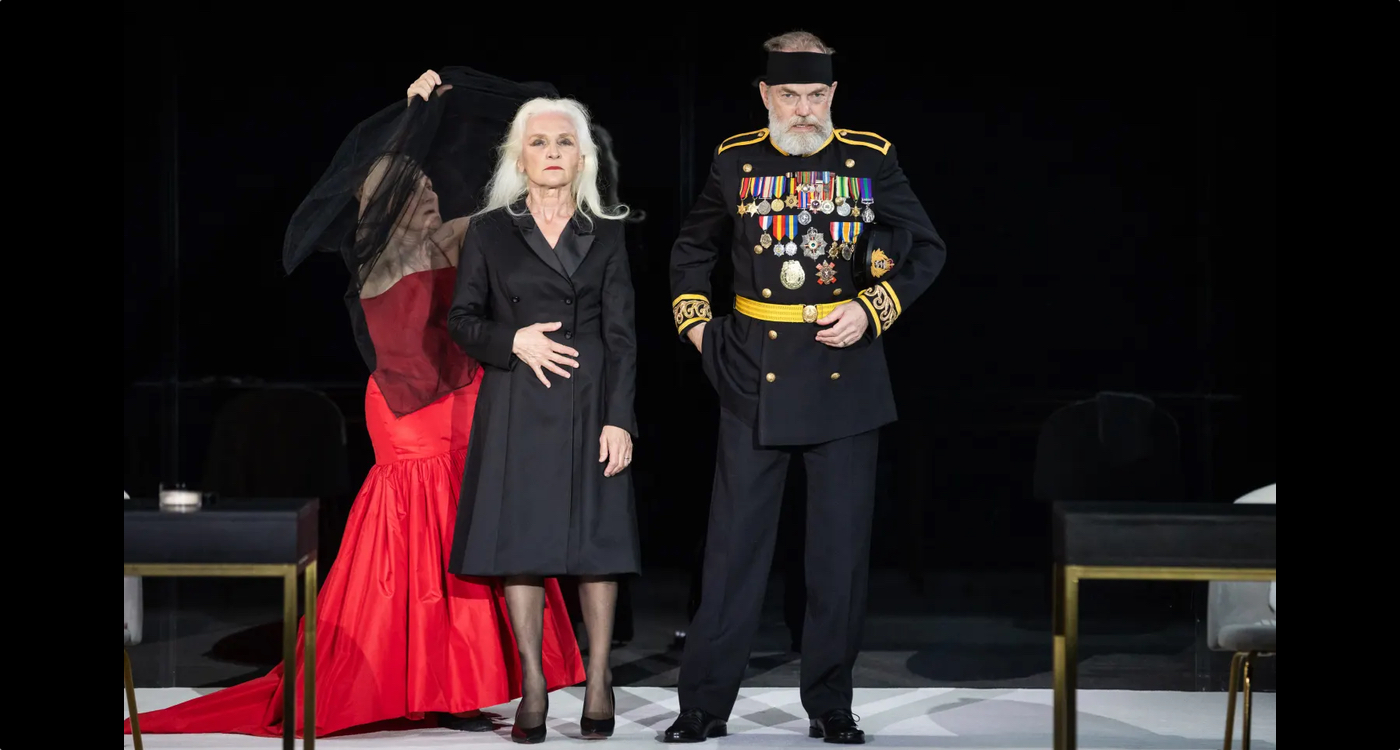
Vision For The Future

By Rita Bratovich
A lot of people in this world are near-sighted – and that’s not figuratively speaking. The incidence of myopia and high-myopia (extreme near-sightedness) globally has increased dramatically over the past few decades and is predicted to reach epidemic levels by next year. Estimates suggest that by 2050, more than half the world’s population will be myopic. In Australia, almost 36% of the population has myopia. Not only has the incidence increased, but children are developing eye problems at a younger age; the onset of myopia has moved from around age 11 in 1983, to age 8 in 2000. It’s a startling statistic which is, in part, attributable to modern lifestyle.
Two main factors will contribute to the probability of developing eye-related problems. The first is genetics. If it runs in the family, then you’re almost certain to be myopic at some stage in your life. The second factor has to do with behaviour. Kids are engaging in near-tasks such as reading and screen time at an early age and for long periods at a time. This, coupled with reduced exposure to light and lack of distance viewing, is seriously compromising their eyesight. Early detection can help redress eyesight deterioration, but unfortunately, most parents don’t think about a visit to the optometrist in the same routine way as they do a visit to the dentist.
Unlike in the United States where there is a commitment to improving childhood vision and a push for compulsory state-sponsored pre-school eye examinations, Australia has no government funded programs or adequate awareness campaigns.
“One in five children have an undetected vision problem,” says Trinity Scarf, marketing manager for Optometry Australia, the peak national body for optometrists and community eye health. “The most important exam should be an eye exam before starting school.”
Scarf manages Optometry Australia’s consumer-side advocacy through their new arm, Good Vision For Life, which provides detailed information about eye health, practical advice on prevention and management, and a guide to seeking professional help.
“We’re just trying to encourage people to see an optometrist as part of a general health regime throughout their life […] and there are lots of examples to show that seeing an optometrist can alert to other health issues,” says Scarf. One example she cites is that of a 31-year-old woman whose routine eye examination led to the discovery of a brain tumour and consequent sight/life-saving surgery. This also highlights the importance of having a proper examination by an optometrist, as opposed to a superficial eye-sight test which will not only fail to pick up many possible issues but will give the false sense that eyes have been checked and are okay.
Good Vision For Life is supporting Susanne Gervay’s new book, The Boy In The Big Blue Glasses, a beautifully illustrated story aimed at young children who have just been told they need to wear glasses. Gervay is a successful children’s author and specialist in child growth and development, as well as being bespectacled since she was 12.
“It was a teacher who just noticed I was tripping over myself. I had no idea. I just knew I had to sit right in the front of the class. I didn’t know. I was wondering why I couldn’t play sports so well. And then…miracle! I remember getting my first glasses and I just couldn’t believe it!” Gervay describes a common experience among children, and one of the main reasons that universal examinations are important: kids don’t know they have a problem.
“You actually don’t know that you’re not seeing the world. You think everyone sees the world the same way,” she explains.
Undiagnosed vision impairment is a problem that multiplies. It leads to misconceptions about a child’s coordination skills, sports abilities, intelligence, and even personality. Kids can appear to be clumsy, lazy, slow at learning, anti-social, and this, in turn, leads to bullying, low self-esteem, under-performance, missed opportunities.
“A lot of people just take glasses for granted, but when you take off your glasses you are actually vision impaired. Life prior to glasses… people would have been disabled,” says Gervay. Yet, miraculous as two glass discs in a frame can be, they have a downside, especially for children and young adults.
“Wearing glasses as a child or teenager is just a nightmare,” explains Gervay.
“Looking after glasses…they break, they smash, they hurt the back of your ear. For a child who’s little, it’s horrible. And for a teenager – you’d rather go out blind than wear glasses!”
There is still a lot of stigmas attached to wearing glasses. Superman wears thick-rimmed glasses when he is mild-mannered weakling, Clark Kent. There’s the cliche of the dowdy girl who is transformed into a raving beauty when she lets down her hair and removes her glasses. One saving grace recently has been bespectacled boy hero, Harry Potter.
“He’s been an absolute God-send, he really has, because he’s made heroes wear glasses,” says Gervay. (Although she still thinks he is perceived as a nerd, and no one actually wants to wear “Harry Potter glasses.”)
In The Boy In The Big Blue Glasses, the protagonist, Sammy, is a young boy who has just been prescribed glasses. He has a hard time adjusting; they are uncomfortable, they make him look different to everyone else, and he gets teased. Adults make the mistake of telling him he is handsome, pretending they don’t recognise him or treating him like someone new and exciting, but these are things that upset him even more. He purposefully “loses” his glasses or refuses to wear them, but then the world becomes blurry and strange. In the end, through humour and friendship, he is able to accept the glasses as a positive addition to his face, even donning a pirate patch.
The book identifies problems that are often overlooked. Glasses make kids stand out and look different at a stage in their lives when they desperately need to feel accepted and part of a tribe. Image is important, as is a strong sense of self. Very young children can become confused by the reactions around them. When Susanne’s own grandson was first prescribed glasses, he kept rejecting them because “he believed that when he put on his glasses, no one could see him and he disappeared.”
Think about Clark Kent – every time he puts on his glasses no one can see Superman.
Gervay’s story stresses the importance of listening to children and taking their concerns seriously. Glasses are a simple marvel that solve what could otherwise be a debilitating problem, and kids can learn to live with and even appreciate them – as long as the adults around them aren’t short-sighted.
More Info









